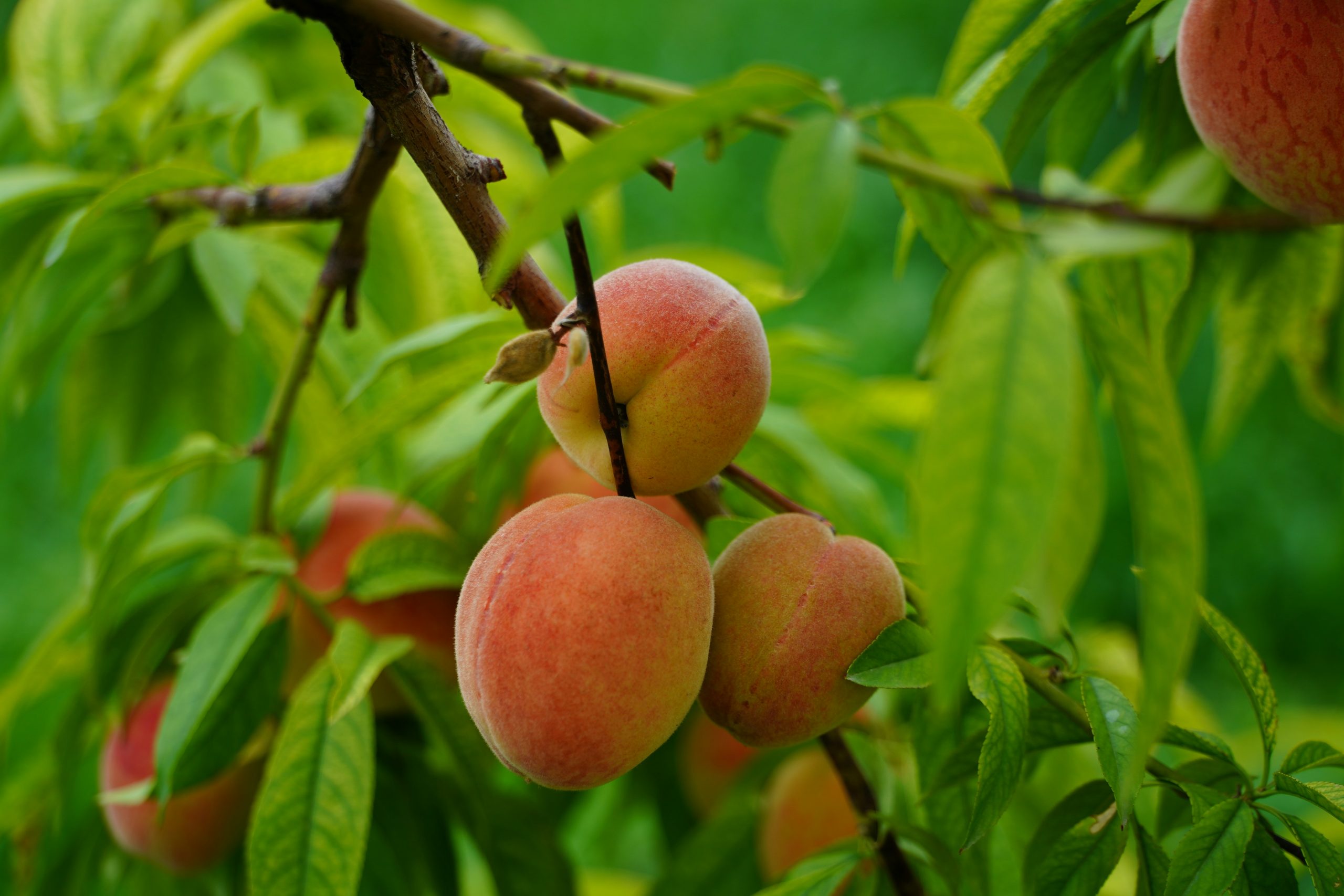Understanding Dukkha
Once we stop resisting our lives, we can find wiser and more skillful ways of experiencing them. The post Understanding Dukkha appeared first on Tricycle: The Buddhist Review.

I don’t think it’s hard to notice that life has its fair share of pain and difficulty. Turn on the news for five minutes and you can see that people are suffering everywhere—whether it be through violence, disaster, aging, illness, mental anguish, or being separated from loved ones. Yet our suffering also shows up in daily life in more ordinary ways—not wanting to go to work, getting frustrated with a loved one, stressing out about how to pay the bills, bumping into someone you don’t want to see. At least once a day, we experience—even if only slightly—the vulnerability and uneasiness of being alive. Even during pleasurable times, there is a slight twinge of anxiety because deep down we know it will not last.
When reading Buddhist literature, you may stumble across the first noble truth being translated as “the truth of dukkha,” or that “life is suffering.” Another way to translate the first noble truth is to say that “life is unsatisfactory.” It’s not that there isn’t any pleasure at all in our lives, but that nothing in our experience can be permanently satisfying, for the simple reason that it cannot last. When using the word “unsatisfactory” as the definition of dukkha instead of “suffering,” it seems to make more sense that all life is dukkha. But there are still more ways to understand this truth.
Dukkha is a complicated subject matter, and can be translated and understood in many different ways. Ajahn Sumehdo defines it like this: “there is suffering.” It’s basically saying that, yes, at some point in this life, there will be suffering. As author Mark Epstein once wrote, life can often be “hard to face.” This shifts us away from the idea that all of life is suffering and points us directly to the fact that life will inevitably have its sorrows, traumas, pains, and difficulties. This understanding of the first noble truth seems a little more inviting and to be more in line with the Buddha’s goal of easing suffering. If we understand pain as a part of life and know that things may get quite challenging at times, then we will have less resistance to those challenges and can perhaps even find skillful ways of working with them. If we aren’t running away from or fighting with the painful aspects of ourselves or our lives, we can instead learn to practice being at ease with them and, more importantly, we can learn how not to make things worse.
The most ancient meaning of the original Pali word refers to a broken axle of an oxcart. In other words, life will surely be a bumpy ride. When the Buddha taught dukkha, he expressed it as encompassing a myriad of phenomena:
“Birth is dukkha, aging is dukkha, death is dukkha; sorrow, lamentation, pain, grief, and despair are dukkha; association with the unbeloved is dukkha; separation from the loved is dukkha; not getting what is wanted is dukkha. In short, the five clinging-aggregates are dukkha.” – SN 56.11
The above passage from the Dhammacakkappavattana Sutta is basically explaining every aspect of our lives; everything we will experience in life is present in this definition. And yet, the Buddha wasn’t trying to be pessimistic but rather was offering a realistic understanding, or road map, of what to expect. He passed on a theoretical understanding so that we could see life as it really is. This is meant to help us reframe our experience of our difficulties and give us an alternative way to navigate through our lives. Rather than seeing dukkha as some metaphysical truth that must be conquered, we can instead shift the way we view it, making it a lifelong practice of softening and letting go. After all, Buddha didn’t have some fancy technique to kill off Mara forever, but instead allowed his delusions to naturally fall away by seeing them clearly and through a peaceful presence.
But why start with suffering? Why did the Buddha begin his teachings with the suffering of life? I personally feel he did this to help us reconcile our lives with how things truly are. In order to let go of suffering, first, we must admit it into our consciousness. If we are deluded about how things are, suffering will surely follow. How can we expect to see things clearly if we’re constantly shaking them up through struggle and resistance? How can we be at ease if we are always thinking that something’s wrong or missing?
Shared Dukkha
The question is not how to solve the problem of suffering, but how to receive it differently. Once we understand that every life has its share of suffering, dissatisfaction, and sorrow, we aren’t so shocked when we experience it, and we learn to stay with it rather than run away from it with unwholesome or unskillful habitual reactions, which inevitably make things worse. With practice, we can learn to meet our difficulties with an equanimous mindset. Paradoxically, once we stop fighting our suffering, there is a deep sense of ease, a profound okay-ness with things exactly as they are.
Deeply contemplating and understanding the truth of suffering also allows us to experience a tender space within ourselves, a vulnerable rawness we habitually run away from. Typically, the armor goes up and our hearts become hardened. But the way the Buddha taught goes against our habitual ways of escaping our difficulties, and instead teaches us how we can relax and open to our suffering in a new way that not only leads to peace but also helps us cultivate compassion.
Any suffering we experience is shared suffering. In other words, there is always someone else out there who shares the same suffering we are experiencing. We are never alone in our dukkha. When we experience any form of discomfort or pain in our lives, we can open up to it, wishing that all beings experiencing this suffering (including us) be free from it. In this way, we take something we normally would run away from or have aversion to and use it as fertilizer to cultivate wholesome states of mind.
A great way to cultivate compassion with the suffering in your life is by taking one hand to your heart and fully feeling your pain. Once you come into the felt sense of it, you can acknowledge, without judgment, your struggles with this difficult time in your life. For example, if you are experiencing pain from an illness, such as cancer, you could bring your hand to your heart, fully feel your suffering, and say, “I am struggling with the pain from this illness.” This connects you with the truth of your suffering and also acknowledges and honors it in a direct, judgment-free way. The next step is to wish all beings experiencing similar suffering freedom from it. This may look something like this, “may all beings experiencing the pain and struggles of cancer be free from it.” With this wish, you are not only embracing your pain but also embracing the pain and suffering of the world. Approaching your suffering in this way connects you with your vulnerability, allowing your heart to stay open, rather than letting life’s difficulties harden it into stone. It also prevents you from following your comfortable and habitual misguided roads to happiness, which usually are ways to simply try to escape the initial pain and discomfort.
Ultimately, all of our lives will include suffering and dissatisfaction, and the first noble truth reminds us of this sobering reality. We are all in this together, and whether we like it or not, none of us can escape from aging, sickness, and death. Rather than allowing these difficult times to make us bitter and fearful, the Buddha offered a new way: face the suffering, experience and understand it fully, and allow it to come and go as it will with ease and compassion—it’s simply the movement of life. With a spacious mind and a kind heart, you can learn that you don’t need to throw away your difficulties, but through changing your relationship with them, you can transform and experience them in a profoundly different way.
The Three Categories of Dukkha
It’s clear that life can cause uneasiness and difficulty in many ways, but the Buddha broke it down into three categories:
The dukkha of dukkha The dukkha of change The dukkha of conditioned existenceAs we previously explored, dukkha can be understood as the natural pains and sorrows coming from birth, aging, sickness, and death. But what could the Buddha have meant by the dukkha of dukkha? This, I believe, is how we begin understanding where our practice takes place. There is the truth of dukkha, but there is also something placed on top of how things already are. The dukkha of dukkha then would be the extra layer of mental anguish we add to the inevitable suffering in our lives.
A teaching the Buddha offered to explain this was the story of the two arrows. He explained how if one were to be shot with an arrow, it would be quite painful, and if that person were to get shot again in the same spot, it would be even more excruciating. The first arrow is the inevitable discomforts and difficulties that present themselves in our lives that aren’t in our control—the first level of dukkha—but the second one is our reaction to the first, and this is something we can learn to see clearly and let go of, hence reducing or eradicating completely the second level of dukkha.
The second category of dukkha is the dukkha of change, which is the anxiety and reactivity produced by the impermanent nature of our pleasant experiences. Nothing in the entire universe is ever static; rather, all things are incessantly changing, leaving us desperately seeking and grasping for solid ground to stand on. We fear this underlying groundlessness, and rather than learning how to make friends with it, we instead create a variety of hopeless security blankets we think will bring us ease. These, of course, make us even more neurotic, and the cycle of suffering continues on and on.
Once we are able to understand and embrace the fact that all things in life are fleeting, we can learn how to relax into the flow of our lives. In knowing experientially and deeply that change is the only unchanging promise life has to offer, we can begin the process of cooling down the flare-ups of conditioned reactivity toward it. With practice, we can learn to step out of the false security blankets and meet the many changes of our ever-flowing lives with curiosity, openness, and ease.
The last of the three categories of dukkha is the dukkha of conditioned existence. When looking at this form of dukkha, I find it helpful to keep the definition of dukkha as “unsatisfactoriness.” Basically, this type of dukkha is pointing toward the groundlessness and uncertainty of our situation. Every condition is dependent upon causes, which, not only are constantly in flux but are also dependent on their own set of changing conditions to exist. Everything always depends on conditions being a certain way, and since those conditions are constantly shifting, there is always a sense of uneasiness or dissatisfaction. In other words, life itself is very uncertain, which can leave us with a persistent feeling of existential anxiety or anguish. Take the fragility of human life, for example. There are many conditions necessary for you to be reading the words found in this article. If there weren’t trees, atmosphere, water, food, sunlight, etc., you wouldn’t even be here. All that we depend on to exist also depends on other conditions. Trees need water, sunlight, fertile soil, and so forth. If one thing changes, it will affect everything else. So we suffer because we are unable to be at ease with the fact that we will never get a solid footing in our ever-changing situation.
I’ve also heard the dukkha of conditioned existence explained as the suffering of constant maintenance. We need to constantly nourish ourselves to stay alive. Moment by moment, we need to breathe in the air around us. We must feed ourselves daily and make sure we are properly hydrated. If we choose not to maintain one of these basic needs, we will die. This constant need to maintain ourselves every day can be experienced as an underlying uneasiness present in our lives.
Embracing Dukkha
Together, the three forms of dukkha shape the basis of our practice. As we begin to recognize how things really are and how this second layer of dukkha arises in response to the first, we can start the difficult journey of relaxing into the inevitable discomforts of our lives while learning to let go of our reactivity.
It’s clear to see that dukkha is in fact a truth in our lives. It’s a mark of existence. Things are unstable and impermanent, and because of this they are ultimately unsatisfactory, and if misunderstood, can cause a lot of unnecessary distress. In order to begin embracing dukkha, we must first contemplate its existence. We have to realize for ourselves that, yes, suffering does indeed exist in this world and all of us will surely experience it. More importantly, we must understand that there is no way to avoid it. Difficulty, discomfort, pain, and sorrow all come with the territory of being human.
Through deep reflection, we start spending less time and energy running away from our suffering and begin learning new ways to relate to it. Similar to the Buddha, we can learn to stop trying to escape the sobering truths of life, and instead be willing to experience them fully, looking at them deeply through and through. Perhaps, as we slowly begin training ourselves to be accustomed to how things actually are, we will grow in wisdom, compassion, and ease. Once we stop resisting our lives, we can find wiser and more skillful ways of experiencing them.

 Troov
Troov 































![Run An Ecommerce SEO Audit in 4 Stages [+ Free Workbook]](https://api.backlinko.com/app/uploads/2025/06/ecommerce-seo-audit-featured-image.png)
